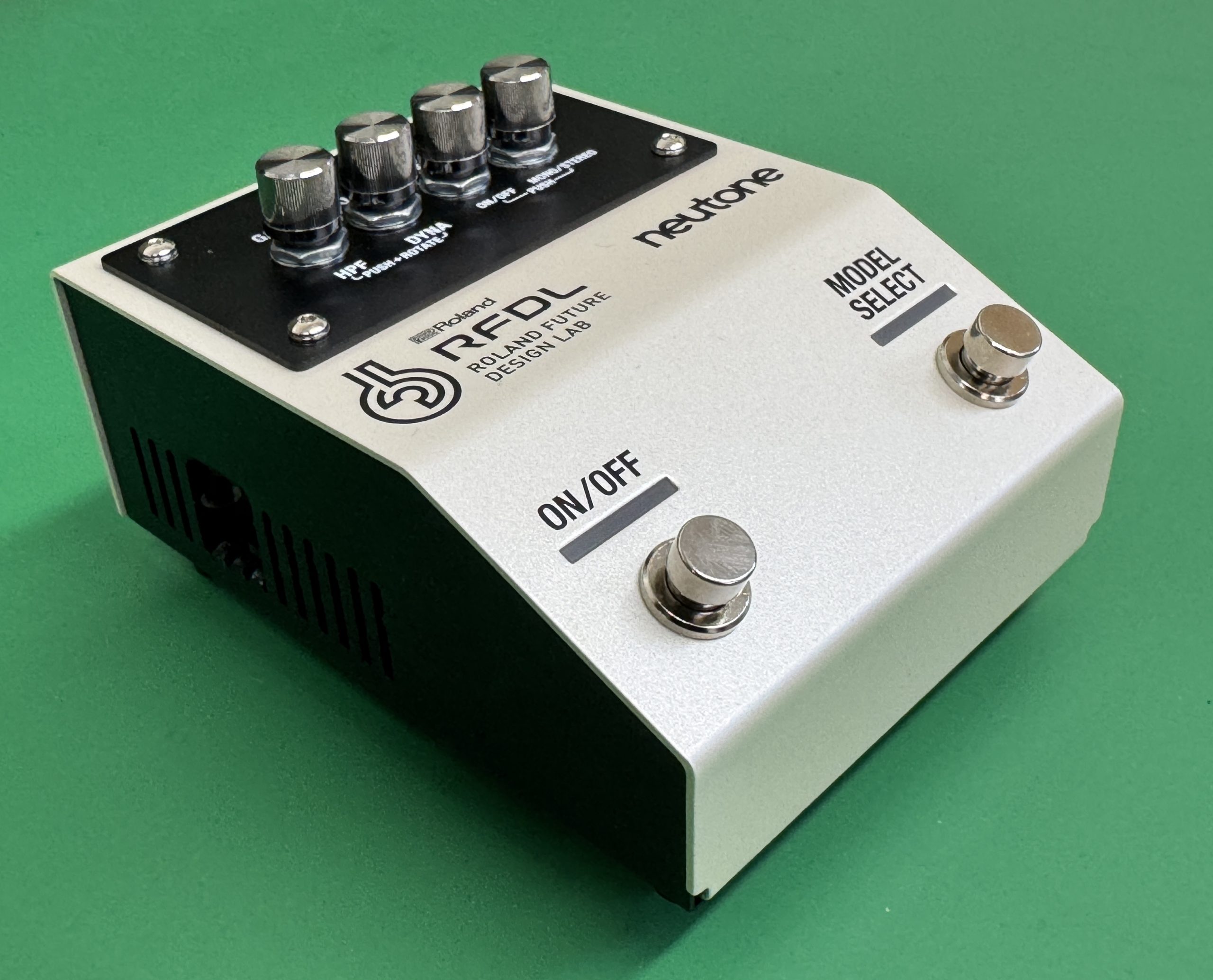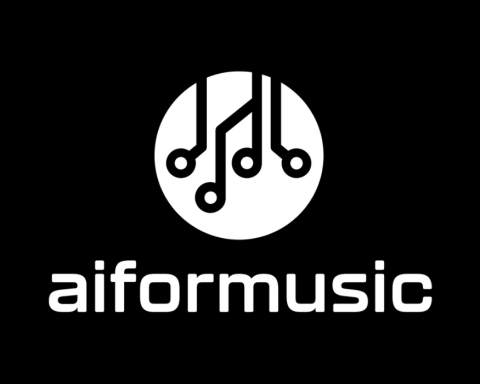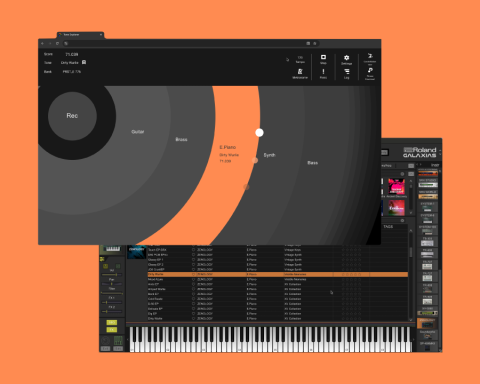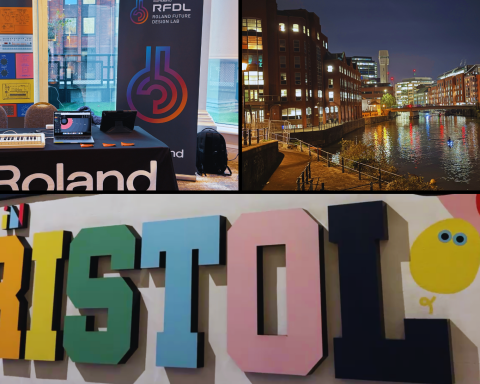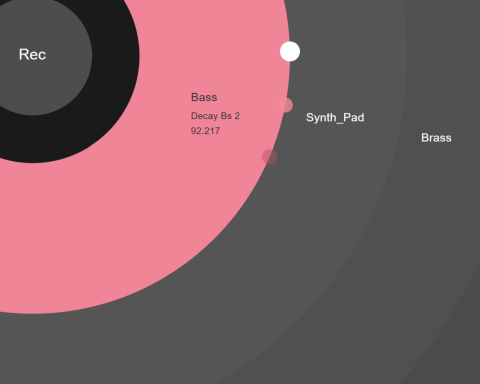Music makers love to tinker. From folk musicians building their own kalimbas, dulcimers, and banjos to modern electronic musicians designing complete instruments and effects in environments like Max for Live, DIY culture is deeply ingrained in our DNA.
Remembering AMDEK
It may surprise you to learn that Roland was an early supporter of DIY in music. In 1981, we established the AMDEK brand (Analog Music Digital Electronic Kits), which offered everything from simple guitar effects to drum machines and mixers in build-it-yourself kit form. A few years later, AMDEK was renamed Roland DG (Digital Group), and the company gradually shifted its focus to digital graphics and computer peripherals. However, the DIY seeds had already been sown.
"Roland was an early supporter of DIY in music. In 1981, we established the AMDEK brand (Analog Music Digital Electronic Kits)."
DIY in Music Today
Today, affordable hardware (Raspberry Pi, Arduino) and software platforms are making DIY more accessible than ever. Some estimates suggest that more than two million musicians worldwide have attempted to build their own electronic instruments and effects. Roland Future Design Lab has been deeply considering the future of DIY and music creation. To help us gain more first-hand knowledge and experience, we’re pleased to introduce our next Technology Preview.
Say Hello to Project LYDIA
Project LYDIA is an audio effects experiment borne of a partnership between Roland and our friends at Neutone, makers of next-generation AI tools for musicians and artists. Put simply, Project LYDIA takes a powerful Raspberry Pi 5 single board computer, infuses it with Neutone trainable AI software, and wraps it in a stage-ready hardware package from Roland. With positive feedback, who knows what the future holds?
The Inspiration Behind Project LYDIA
The conversation surrounding AI and creativity has been dominated by ideas of simplifying, streamlining, and even outright replacing the human creative process. Aligned with The Principles for Music Creation with AI, which both Roland and Neutone support, we have a different vision in mind: one where AI enhances and empowers human creativity, rather than replacing it.
As we brainstormed possibilities together, an idea emerged to bring the power of a Neutone AI model to a hardware format that users could interact with and play, much like the best Roland gear. This started us on a path that would lead to Project LYDIA.
A Soft(ware) Core that Can Learn
Project LYDIA comes with a special version of Neutone’s Morpho technology optimized for low-latency tinkering and live performance. Morpho learns the tonal qualities of a user-defined sound and applies these qualities to an input signal as a creative effect. In academia, this is sometimes referred to as “timbre-transfer,” but Neutone believes a better name for this may be “neural sampling.”
What’s special about neural sampling is that users can capture sounds from the world around them, train a model on these sounds, and perform with it on stage. Not only that, but the choice of what to train Project LYDIA on is not limited to conventional instruments. Indeed, any sound can be made musical by morphing it in real time with an input carrier signal. Human heartbeats can become kick drums, birdsong and whale calls can become melodies, and your noisy coffee machine can become a breakbeat—if that’s where your creativity takes you.

Diving Deeper
Under the hood, the Morpho architecture learns a compressed and highly efficient representation of its audio training material. It becomes a specialist at understanding and resynthesizing this target sound. When training is complete, we can feed new and completely different sounds through the model, which come out reimagined in the style of the training material. From here, we can explore and manipulate the model’s knowledge of timbre, thereby “sampling” from its understanding in creative and musical ways.
In addition to Morpho, Neutone maintains an open-source framework (SDK) that lets ML researchers convert their latest experiments into ready-to-use audio effects. For DIY enthusiasts who want to take the extra step in developing their own neural networks, future iterations of Project LYDIA could feature SDK integration for various AI-powered devices, including analog modeling tools, real-time stem separation, and more.
"Future iterations of Project LYDIA could feature SDK integration for various AI-powered devices."
Making Project LYDIA Gig Ready
As one of our primary goals from the outset was to make the incredible technology from Neutone something that musicians could interact with and actually play on stage and in the studio, getting the form factor and UI right continues as a high priority. Roland knows a thing or two about hardware chassis and interface design. Working within the constraints of component sizes, heat generation, and more, we landed on a compact floor and tabletop design featuring simple, multipurpose rotary controls.
As of this writing, we have a mockup, which we’ll be previewing at events starting with the Audio Developer Conference in Bristol, UK. In our current mockups, Project LYDIA houses the Raspberry Pi computer running the special version of Morpho and our latest ideas for a simple physical control panel. Audio I/O is managed by a USB-connected Roland Rubix interface. In the next version of hardware, we plan to fully integrate the audio I/O, making Project LYDIA completely self-contained.
"Project LYDIA is an opportunity for us to propose new ideas for DIY and music creation, and collect feedback that can help us with our future planning."

We Design The Future (Together with You!)
As a Roland Future Design Lab technology preview, Project LYDIA presents an opportunity for us to propose new ideas for DIY and music creation and collect feedback that can help us with our future planning. We are interested in the answers to big questions like “is DIY interesting for you?” or “how do you feel about the use of AI models in your music making?” to the smallest details like “I like/don’t like the color” or “could you add this kind of control?”, and everything in between.
If you’d like to share your thoughts on the DIY in music creation and/or the Project LYDIA technology preview with us, we invite you to take a few minutes to complete a brief survey, which you can find below:
There are more stories about Project LYDIA to come. Follow the links below to read more about Roland Future Design Lab and our friends at Neutone.
